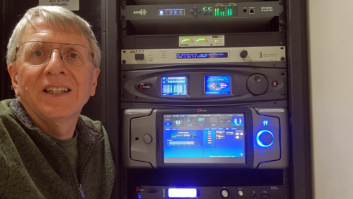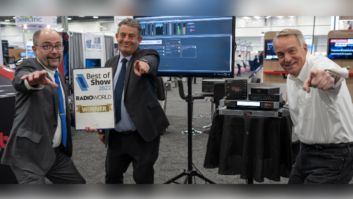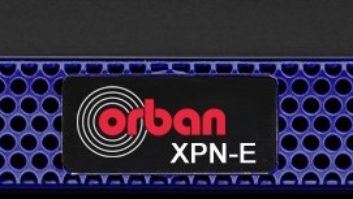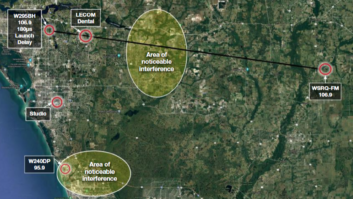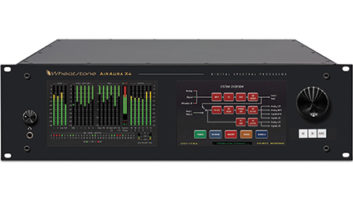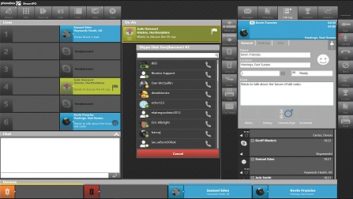Frank Foti and I fully agree on the desirability of using standard off-the-shelf 192 kHz AES3 hardware to transport FM composite stereo (“Nothing Propriety Here,” RWEE, Dec. 11, 2013).
My main point in my original article was that the standard as currently implemented is a good start, and it can be extended to accommodate the full FM baseband with little complication and full backward compatibility simply by using the right channel of the AES link, which is not used in the current system.
So-called “complex modulation” (i.e., using in-phase and quadrature signals) is extremely well known in the art and is the mainstay of today’s DSP-based radios. Orban claims no proprietary rights to the proposed technology.
For most applications, it is clearest to think of our proposal as simply interleaving the even and odd samples of a 384 kHz-sampled signal between the left and right audio channels of the AES link. Unless there is baseband energy above 96 kHz, either the left or right channel can be used by itself to reconstruct the signal, which is what makes the system backwards compatible.
The only significant objection of which I’m aware, regards the fact that the proposed system has a Nyquist frequency of 192 kHz and thus offers more bandwidth than is required to pass a 99 kHz stereo baseband.
This is fine if the audio processor and transmitter are co-located and connected with an AES3 cable, and the proposal requires such simple DSP (interleaving and then de-interleaving samples) that it could hardly be called DSP at all. But I imagine that STL manufacturers who adapt this technique would want to reduce the bandwidth so that it could be transmitted more efficiently over radio links or the Internet.
If I were proposing a technique that used off-the-shelf hardware but did not require backward compatibility with the 192 kHz system already in place, I would have proposed 128 kHz quadrature modulation on a standard AES link, which would accommodate a 99 kHz baseband with a comfortable guard band before the 128 kHz Nyquist frequency.
The STL DSP requirements for our proposed technique are minimal.
For example, an STL transmitter could reconstruct the 384 kHz signal by simply taking alternating samples from the left and right channels at its input. It could then synchronously sample-rate-convert the signal by a factor of 2/3 to 256 kHz and place alternating samples on the left and right channels to create a 128 kHz quadrature signal, which would be transmitted over the link. The receiver could trivially reconstitute the 256 kHz signal (by de-interleaving) and synchronously upsample it by a ratio of 3/2 to restore the original 192 kHz quadrature-sampled signal after re-interleaving.
Because of the generous guard bands, the required anti-imaging filters would be very short and cheap. Moreover, the design techniques for synchronous sample rate conversion are easy and well known.
Of course, one could imagine other, more complicated schemes that could save a bit more bandwidth at the expense of a larger DSP load.
Optimizing the bandwidth efficiency of the STL would be entirely at the option of the STL manufacturer as long as the input and output followed the proposal.
Robert Orban
Vice President and Chief Engineer
Orban
San Leandro, Calif.
Join the conversation.Email [email protected].





